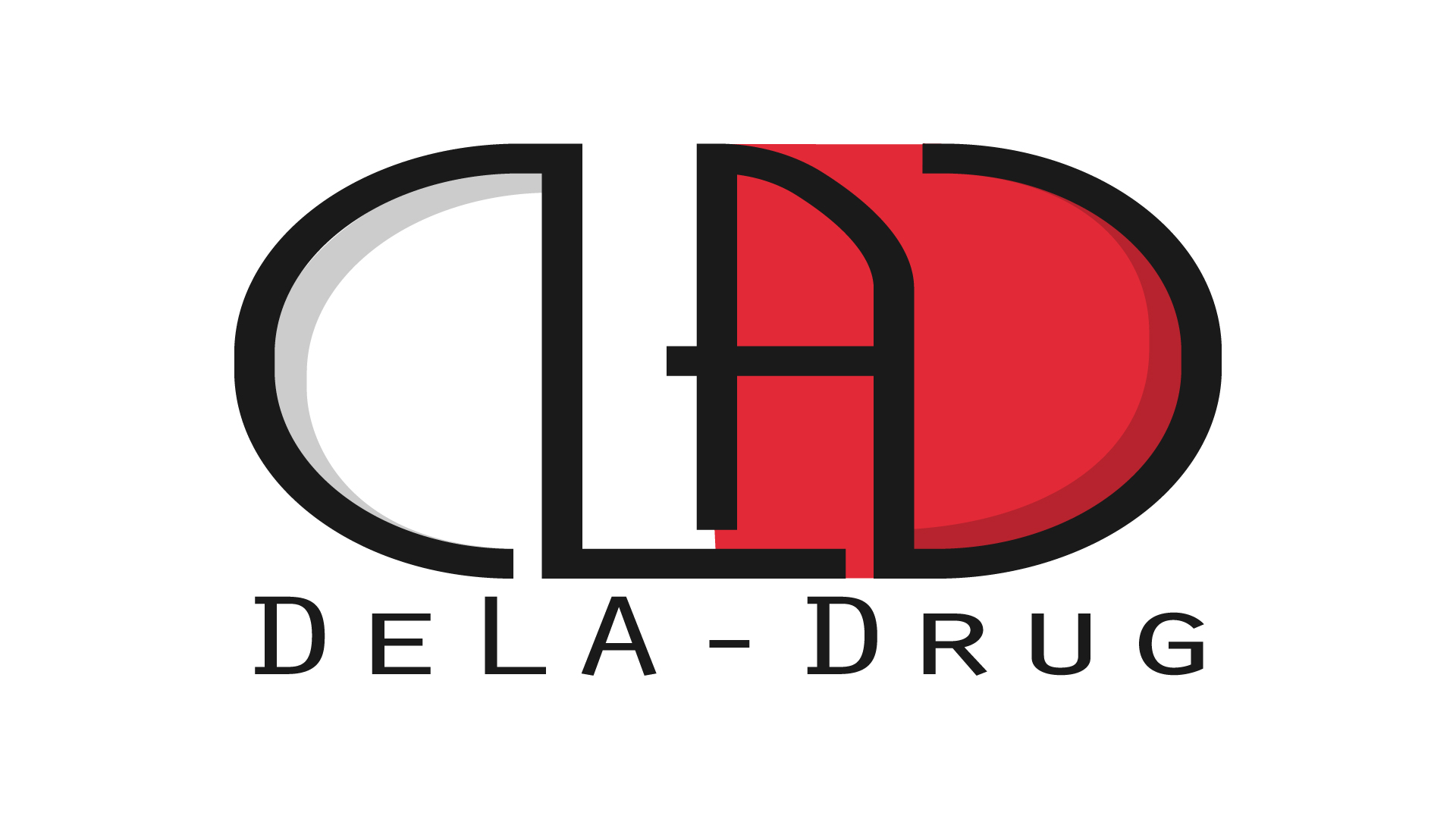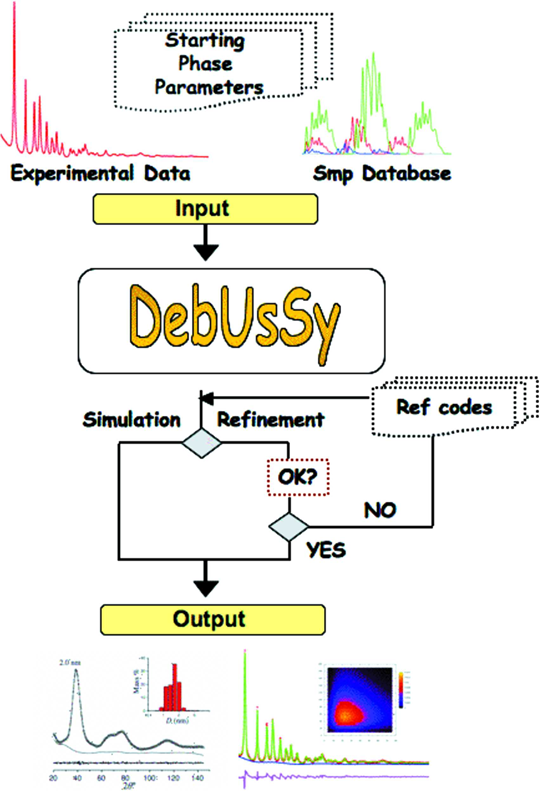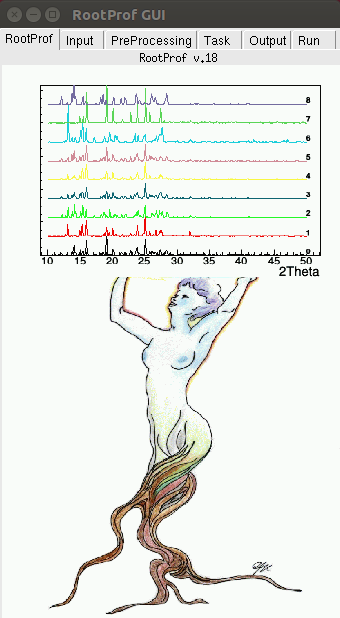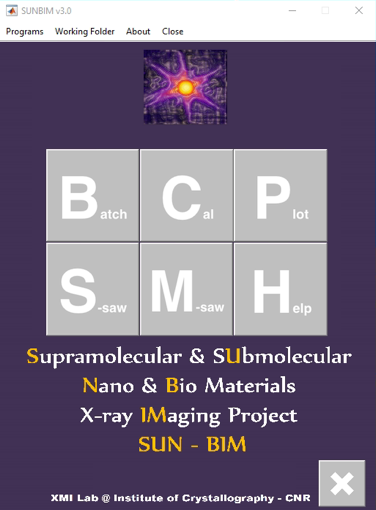A web portal for searching and analyzing crystal structure information
Un algoritmo di deep learning per la progettazione automatica di analoghi drug-like.
Suite per l’analisi della funzione di Debye di materiali nanocristallini e/o disordinati
Programma interattivo per l'elaborazione di profili unidimensionali e per l’analisi di dati da esperimenti in situ/operando.
Imaging a raggi X con tecniche SAXS, WAXS, GISAXS e GIWAXS
Soluzione e affinamento strutturale da dati di diffrazione da polveri micro- e nanocristalline
Soluzione strutturale su dati di diffrazione da cristallo singolo
Il diffrattometro a raggi X per cristallo singolo KappaCCD Bruker-Nonius fornisce dati di diffrazione che consentono di effettuare la caratterizzazione strutturale di materiali cristallini dalla diversa composizione chimica e complessità...
Among the ultimate requirements of biosensor technology, sensitivity, stability, and specificity are undoubtedly crucial features to enter the market. Actually, sensitivity is a major drawback for biosensors, especially where there...
We describe a circular framework, divided into segments addressing specific aspects of potentially green interventions, that allows for a quick assessment of what makes nanotechnologies applied to agriculture green.









